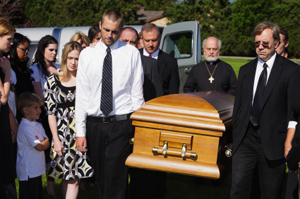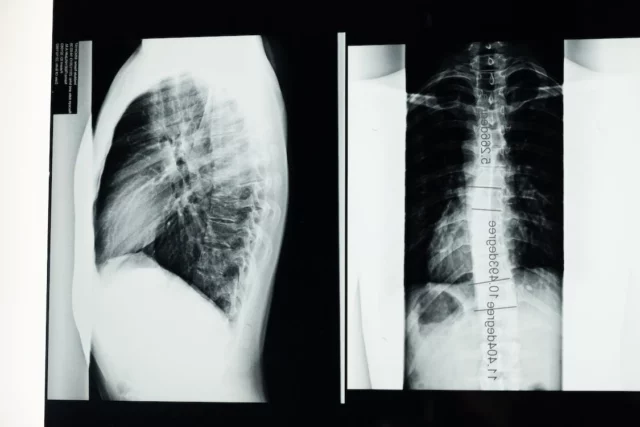
The accident is still under investigation as the cause of the accident has not been determined. The weather seemed clear at the time, and the National Transportation Safety Board (NTSB) found no mechanical malfunctions. Investigators are unsure if the power lines caused the fire or if the fire caused the balloon to clip the powerlines. There were several tanks of propane on the balloon, so either scenario is possible. It’s possible the operator was trying to land at the time.
It has been reported that the operator has four drunk driving convictions on his record, but tests have not confirmed whether he was intoxicated at the time of the hot air balloon accident. Additionally, the operator had one previous personal injury lawsuit filed against him for crash-landing a balloon and injuring eight passengers.
While the operator owned a company called Air Balloon Sports LLC, which was based in Missouri, Heart of Texas Air Balloon Rides is not registered with Texas or any other state for that matter.
There Needs to Be More Federal Oversight for Hot Air Balloons
Aviation is a highly regulated industry. However, hot air balloons aren’t actually considered “aircrafts.” According to the Federal Aviation Administration (FAA), there were 78 hot air balloon accidents from 2000 to 2011, which resulted in at least 91 reported serious injuries. Out of these cases, 43 involved the balloons crashing into fixed objects, such as trees or powerlines.
Two years ago, safety investigators urged the FAA to impose more oversight on commercial hot air balloons. Specifically, the NTSB recommended the FAA require tour companies, such as the Heart of Texas Hot Air Balloon Rides, to acquire agency permission to operate the balloons. The NTSB also recommended the FAA perform regular safety inspections. The FAA rejected those recommendations and said the risks of a hot air balloon accident were too low.
The NTSB responded to the FAA ruling saying it was unacceptable. Given the tragic hot air balloon accident in Austin’s own backyard, we’re inclined to agree.
Aaron Allison is a personal injury attorney that helps those injured in Austin, Texas.





